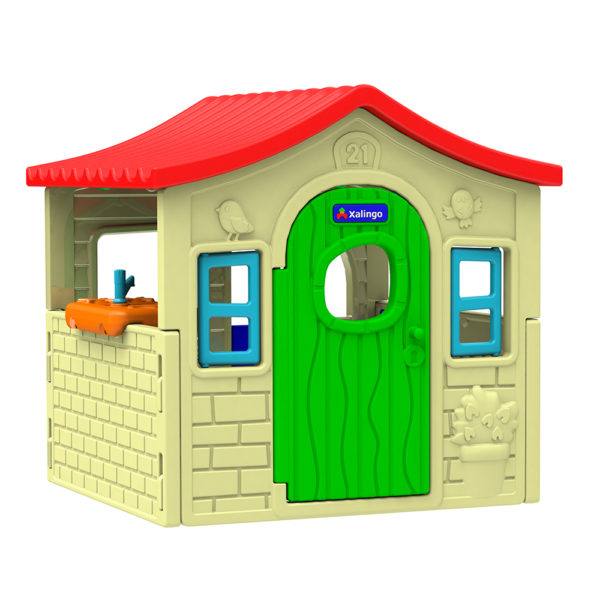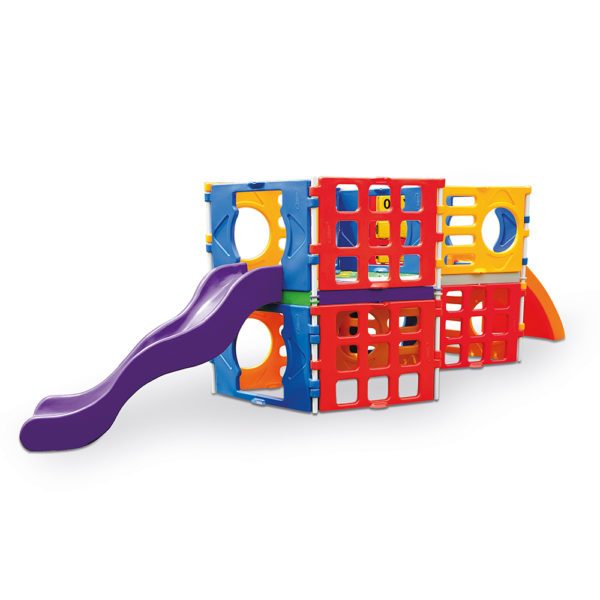São Paulo – Founded in 1947 by brothers Xavier and Lindolfo Braunger, Xalingo, a Brazilian toy manufacturer, stands out in South America for its cultural and commercial connection with other countries in the region. Now, they want to conquer Central America. Well-built for exports, the brand from the Southern Brazilian state of Rio Grande do Sul, which has been selling abroad for almost 50 years, has also done business in Europe and Africa, with a presence in Algeria.

“Our strategic plan is to sell to all of Latin America as there are still some countries we don’t sell to, in Central America, for example. We are well-structured compared to other toy manufacturers in Latin America and have few competitors in the region,” said Juan Pablo Pazos Dominguez, Production Manager at Xalingo (pictured above). “We sell to Africa and Europe occasionally. But our main markets are South American countries, such as Uruguay, Chile, and Paraguay, due to the Mercosur bloc that favors our sales to the region.”
Dominguez explains the strategic plan could last until 2025. After that period, they will focus on sales to African countries like Egypt. The intention is to market the products through local representatives, as they did in exports to Nigeria, Angola, South Africa, Ivory Coast, and Mozambique.
“After Latin America, the next market we aim for is Africa due to our product type, which has an excellent cost-benefit ratio. Furthermore, Africans synergize with our products and are part of a market similar to Latin America, which likes toys. We have already been well accepted in some countries of this continent, and we hope this can happen with other nations.”

However, despite optimistic projections regarding the African market, Dominguez wants to invest in innovation before starting sales. Xalingo’s production manager said the Brazilian brand could also gain space in other nations because China, a large toy producer, can no longer meet world demand like it used to.
“Before the pandemic, out of 10 toys sold worldwide, eight were manufactured in China. Now all that is changing. With a critical presence as a toy exporter, China has opened doors for us. We could enter markets that previously had no interest in Brazilian products, and we could show Brazil’s quality and be well-received as we are more flexible. For example, we do not have minimum volume requirements,” explains Dominguez.
Concerning the Brazilian territory, the company has 65 commercial representatives serving all Brazilian states, reselling the products to toy stores.
History
Until 1959, the company known today as Xalingo was named after Xavier e Braunger & Cia Ltda. With the arrival of Ingo Ebert, the corporate name changed, and in 1961, the brand officially became Xalingo SA. The name was created to represent the three partners: XAvier, LINdolfo, and InGO. In 2020, Rodrigo Ebert Harsteln, representative of the third generation, took the family business’s leadership.

In the beginning, the toys were made of wood, created to help children’s social and educational development in the municipality of Santa Cruz do Sul, in Rio Grande do Sul. Two decades later, the machinery increased, and the company began to create plastic toys.
In 1997 Xalingo purchased its first rotational molding machine to build large plastic parts used in children’s playgrounds. A year later, the brand decided to diversify its operations with generic plastic parts used in agribusiness and animal feed. To handle the demand from national companies, a new Industrial business unit was established, Xalingo Soluções Industriais. Years later, it was renamed Agriplax.
Prospectively, Agriplax intends to sell to other Latin American countries like Argentina, Paraguay, Uruguay, Colombia, and Mexico. Despite this shift, toys remained the company’s flagship product.
To serve customers in Brazil and abroad, the biggest toy manufacturer in Rio Grande do Sul and one of the largest in Brazil, has a 36,000-square-meter plant in Santa Cruz do Sul, a 5,000-square-meter industrial park in Itupeva in the state of São Paulo, and since 2020, a distribution center in Barra Velha, in in the Southern state of Santa Catarina, to handle its growing line of imported inputs for the toy market. Almost 90% of toy production is done in Brazil; the rest is imported from China.
The Brazilian company has over 50 plastic transformation machines, including blowing, injection, and rotational molding, with an extensive production capacity and approximately 540 employees.
Special report by Rebecca Vettore for ANBA.
Translated by Elúsio Brasileiro




